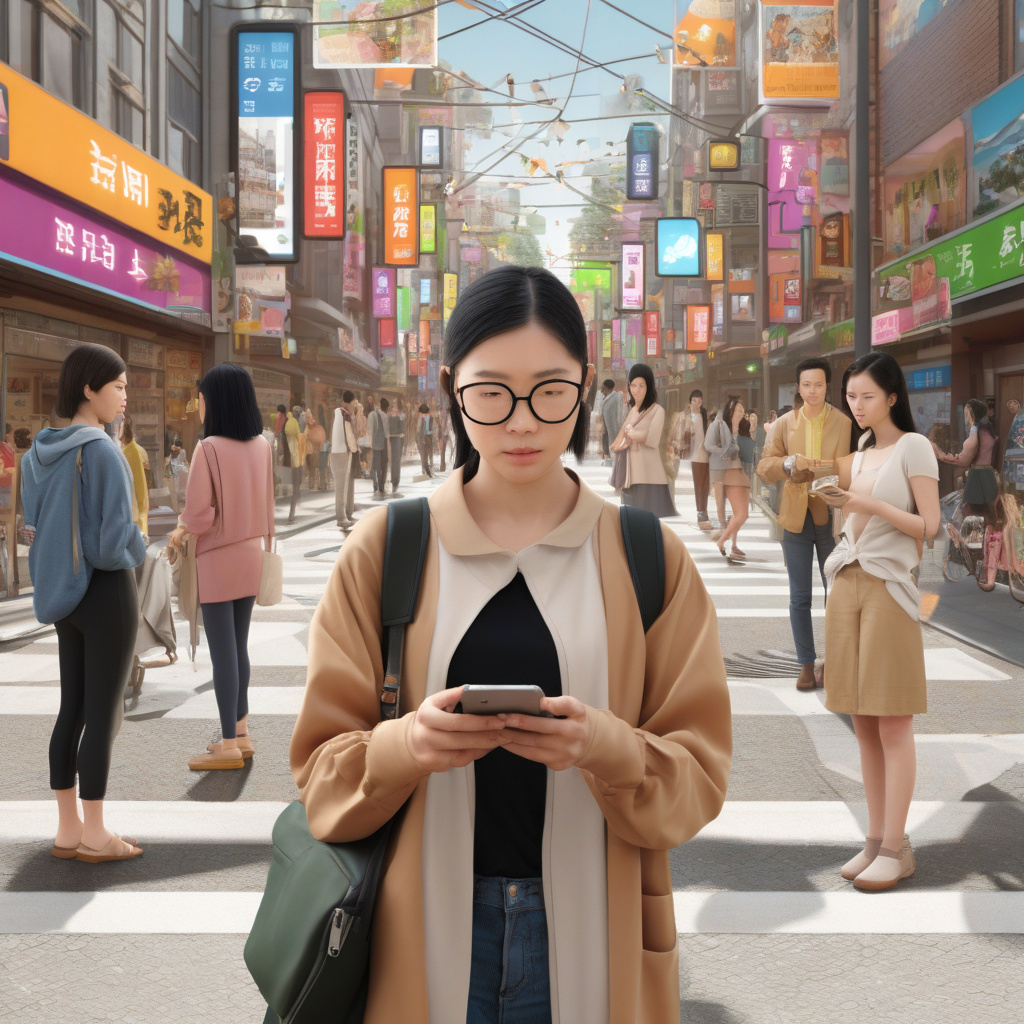Making Augmented Reality Accessible: A Case Study of Lens in Maps
Augmented Reality (AR) has been revolutionizing various industries, offering innovative solutions and immersive experiences. However, one critical aspect that often gets overlooked is accessibility. Ensuring that AR technology is inclusive and usable by everyone, including individuals with disabilities, is paramount for its widespread adoption and societal benefit.
Lens in Maps: Bridging Accessibility Gaps
In a recent presentation by Ohan Oda, the focus was on making the Lens in Maps AR feature accessible to visually impaired users. This initiative not only highlights a significant step towards inclusivity but also sheds light on the importance of designing AR experiences with accessibility in mind.
Motivations and Challenges
Oda’s insights delve into the motivations behind this project, emphasizing the need to break barriers and create a more inclusive digital environment. By addressing challenges faced during the development process, such as ensuring seamless integration of assistive technologies and maintaining user-friendly interfaces, Oda showcases the dedication required to make AR truly accessible.
Designing Inclusive AR Experiences
The case study of Lens in Maps serves as a prime example of how thoughtful design can bridge accessibility gaps in AR technology. By incorporating features that cater to visually impaired users, such as audio descriptions, haptic feedback, and voice commands, Oda’s work exemplifies the power of inclusive design in enhancing user experiences.
Impact on Users and Lessons Learned
Through his presentation, Oda not only highlights the positive impact of accessible AR experiences on users but also shares valuable lessons learned in the process. By prioritizing precision and user interaction in AR design, Oda’s work sets a standard for creating meaningful and inclusive technology solutions.
In conclusion, the case study of Lens in Maps by Ohan Oda underscores the significance of making augmented reality accessible to all users. By championing inclusivity in AR design and addressing the unique needs of diverse user groups, Oda’s work paves the way for a more equitable and user-centric approach to technology development.
As we continue to explore the possibilities of AR technology, it is essential to remember that true innovation lies in creating solutions that are not only cutting-edge but also accessible to everyone. Oda’s dedication to inclusive design serves as a guiding light for the tech industry, inspiring us to prioritize accessibility in our quest for technological advancement.
At DigitalDigest.net, we applaud initiatives like Lens in Maps that push the boundaries of inclusivity in technology and set new standards for accessible design in augmented reality. Let’s embrace a future where technology knows no bounds and where innovation is truly for everyone.

